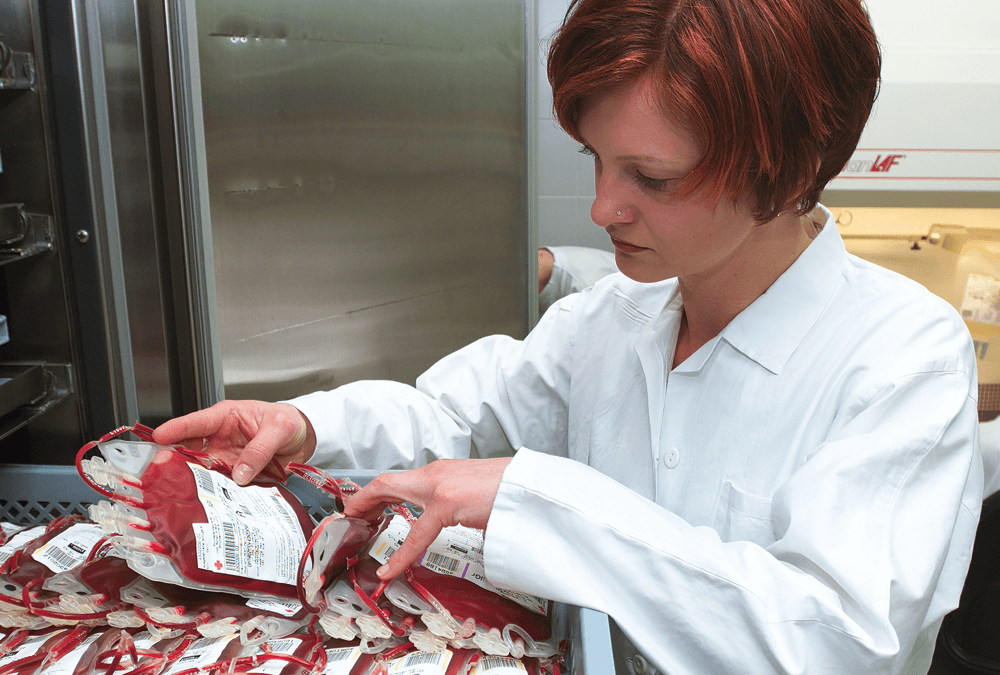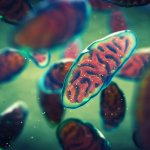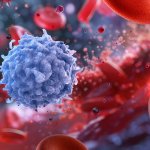Baby stem cell storage may be a service you already know a huge amount about, or perhaps you are just starting out on your fact-finding journey. If you have already done your research, you may worry that what you have been reading could be fraught with misconceptions. There is no shortage of misinformation about what stem cell storage is and how it works.
Here we address and hopefully correct some common misconceptions:
Misconception 1: Stem cell storage is invasive
Right at the top of our list is probably the most common misconception out there: that stem cell storage is invasive. Of course, if you access stem cells from bone marrow or adipose tissue (fat), it is. However, one of the main benefits of collecting your baby’s stem cells at birth is that it is a completely non-invasive, painless and risk-free process.
Your baby’s stem cells are collected after they and the placenta have been delivered once the umbilical cord has been clamped and cut. The stem cell collection is normally carried out away from the delivery suite in a separate room, so you probably won’t even notice that they are being collected.
Baby stem cell storage is also completely compatible with delayed and optimal umbilical cord clamping, so if you have this in your birth plan, you can go ahead with it.
Misconception 2: Treatments that use your baby’s stem cells are experimental
Whilst there are currently over 5,000 clinical trials investigating the use of stem cells to treat a huge range of conditions, stored stem cells from the umbilical cord have also been the standard of care in medicine since the 1980s.
The 80+ conditions that umbilical cord stem cells are routinely used to treat include anaemia, leukaemia, lymphoma, and neuroblastoma. This list is only expected to grow as increasing numbers of stem cell therapies transition from the Petri dish to clinical trial and from clinical trial to the standard of care.
Misconceptions 3: Storing your baby’s stem cells won’t help other family members
Your baby’s stem cells are more powerful than you might think.
Of course, they will be a 100% match for your baby, meaning they are ready and waiting whenever they need them. But they are also guaranteed to be and haploidentical match to mum and dad too, and storing your baby’s stem cells also ensures a 75% chance of a match to any siblings they may have.
Misconception 4: All stem cell storage banks provide the same service
Whilst it is true, most banks will offer umbilical cord blood and cord tissue services. You should get to understand more about these, as the technology that they are using varies significantly and can make a huge difference in how your baby’s stem cells could be used in the future. This is particularly true when it comes to umbilical cord blood processing technologies, some of which can lose up to 80 or 90% of the stem cells in your baby’s umbilical cord blood sample by the point of therapy. The number of cells is crucial, as it determines both the size and weight of the patient that a sample can be used to treat and the number of therapies that a single sample could be used for – the more stem cells retained in your baby’s sample, the better.
We have developed CellsPlus, our premium cord blood processing method, to deliver 2.2 to 3 times more stem cells at the point of treatment (after your baby’s stem cell sample has been processed, stored and thawed) than other cord blood processing methods currently available in the UK. As explained above, this could be critical to the usability of your baby’s stem cells.
You can read more about the difference between different umbilical cord blood processing technologies here.
We are also the only cord blood bank in the UK that enables you to store cells from your baby’s placenta and amnion.
To find out more about storing your baby’s stem cells with Cells4Life, request your FREE Guide:
Request a Welcome Pack
Find out more about cord blood banking by downloading a Welcome Pack now.









